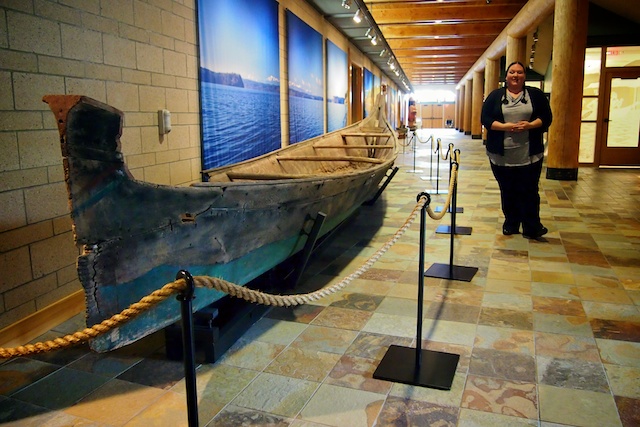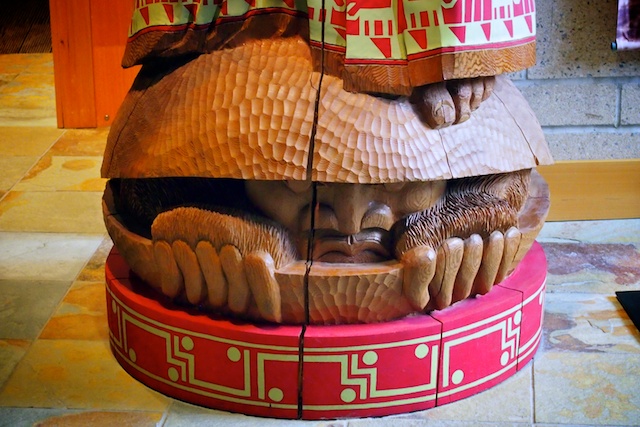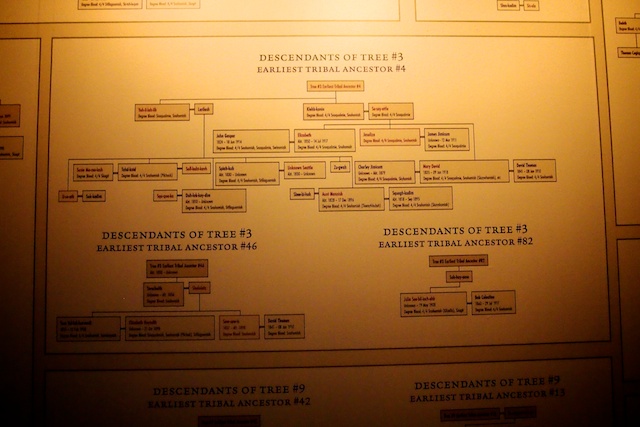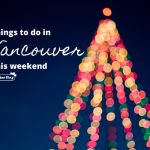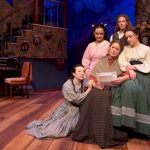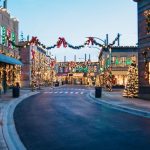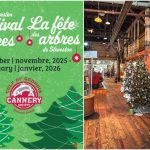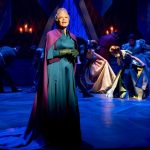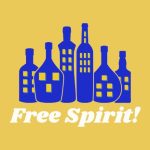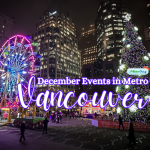Hibulb Cultural Center
The Hibulb Cultural Center & Natural History Preserve, located a short drive north from Seattle, opened to the public in August of 2011. The 23,000 square foot facility serves as a museum and education centre for the natural heritage of the Snohomish, Snoqualmie and Skykomish peoples along with other allied tribes and bands. Through artifacts, photographs, videos and interactive displays, the centre tells the stories of these Tulalip Tribes.
“Keeping our cultural fires burning, that’s our motto,” said Mary Jane Topash, our group tour guide who first brought us inside a replica longhouse. A video played, detailing the significance of the longhouse and laid a foundation for what we were about to discover.
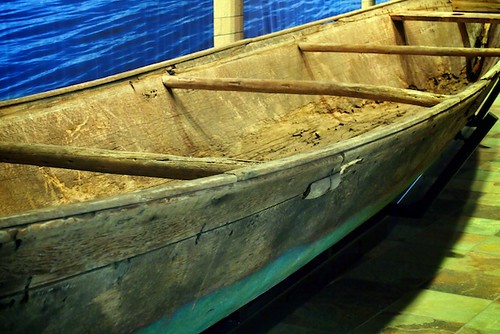
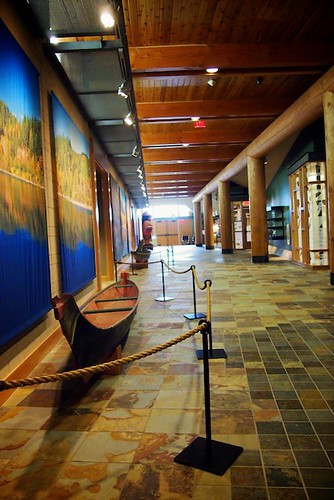
Inside the main gallery there is a focus on the cedar tree, salmon, and other aspects of this region that were vital to the first peoples’ survival – in fact these elements are still a large part of design, food, and culture.
The centre of the gallery is surrounded by posts which are meant to mimic a basket. Mary Jane said that the information on the outside of the basket is about the government (the Treaty of Point Elliott in 1855 to modern day relations) while the displays within the inner circle explain how the tribe has sustained itself (including business ventures like the Tulalip Resort and Casino).
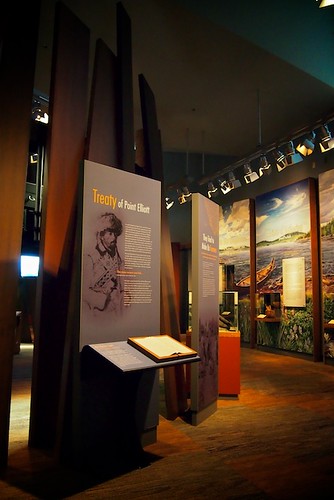

While visitors can normally do a self-guided tour, Mary Jane walked us through the centre, explaining the origins of the welcome figures (carved by James Madison and Joe Gobin), canoes, and the traditional writing we saw on signs and placards throughout. “We really wanted to incorporate our native language, Lushootseed.”
Mary Jane said that when she was growing up, you could learn Lushootseed for about two years in school. Nowadays, children can learn Lushootseed from kindergarden to graduation. This is a far cry from the darker decades of cultural suppression that came through boarding schools (or residential schools, as they were called in B.C.) which you can also learn about in the main gallery.
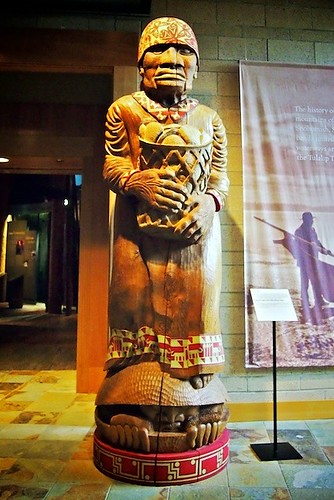

It’s interesting to look at maps and trade routes up and down the coast. I can spot various similarities in language, arts and customs between the Tulalip and first nations near the Vancouver area (eg. Cowichan, Tsawwassen, Tsleil-Waututh, Musqueam) who are all Coast Salish peoples.
One of the most fascinating features is a wall of family trees, dating back to the 1780s. Members of Tulalip Tribes can actually type a code into an adjacent touch-screen computer and locate their relatives. Mary Jane did a quick demonstration for us and could immediately point out family members from generations ago. This system is the result of over 3 years of research.
A temporary exhibit space that is currently hosting “Warriors We Remember“, a tribute to Tulalip war veterans, who served on behalf of the United States since the first World War. A 45-minute video loops in the centre of the room and I caught a quote that resonated: “Warriors are honoured in our society.”
Complete with classrooms and a 50-acre natural history preserve, Hibulb is an impressive tribute and education centre not only for the Tulalip Tribe, but for anyone who would like to visit. It hosts craft days, storytelling, a lecture series, and much more. You can find out about their programs and events in their online calendar.
The Hibulb Cultural Centre & Natural History Preserve is located just a few minutes away from the Tulalip Resort and Casino, which is exit 200 off the I-5 (about 3 hour south of Vancouver). It’s open until 5:00pm every day, but closed on Mondays.
If you get the chance, closer to home, check out the Squamish Lil’Wat Cultural Center in Whistler as well.

